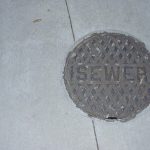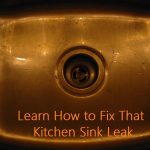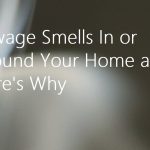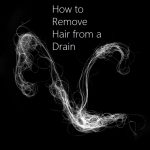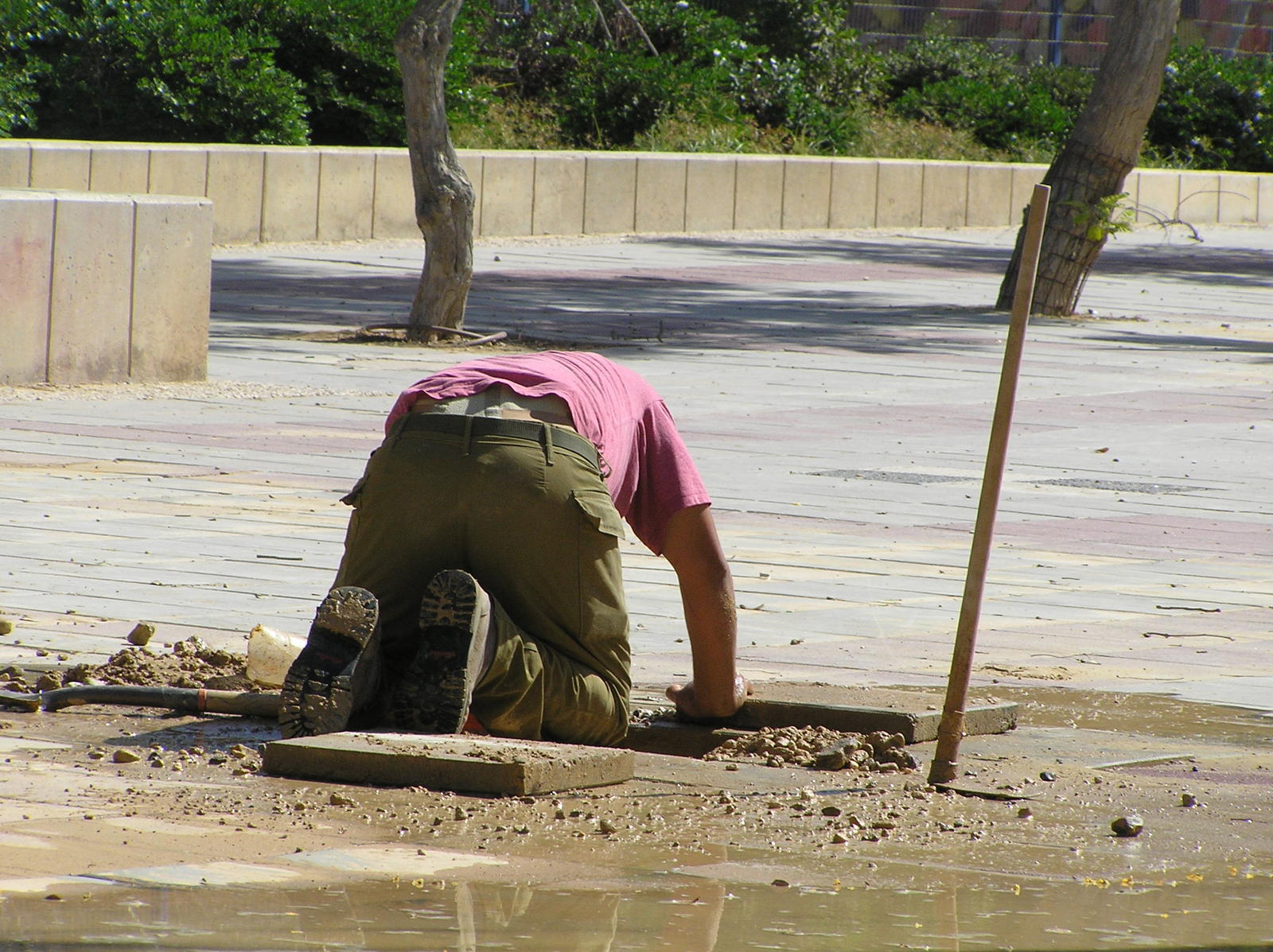A burst water pipe can lead to a massive amount of damage to any home. This
plumbing emergency situation can allow water to leak into walls, ceilings, and floors leading to serious structural damage if repairs are delayed. Unfortunately, the damage from a burst water pipe is not just limited to obvious damage. There may be hidden effects that could have a serious impact on your home. Here are just some of the different types of damage you could experience from a burst water pipe.
Damaged Insulation and Wiring:
Water leaking from a burst pipe can cause serious damage to your insulation and wiring. Insulation can become saturated by leaking water, causing irreparable damage. Cellulose, loose fill insulation and fiberglass can lose effectiveness when soaked with water, meaning that it would need to be completely replaced. Most of us are aware that electricity and water do not mix well. Wet wiring can cause short circuits that not only causes problems with appliances and lighting, but could cause a fire. If your insulation and wiring do become damaged, entire walls in your home may need to be completely ripped out so that the both the insulation and wiring can be replaced.
Rotted Out Structural Materials:
Water leaking out of a burst pipe can often leak into walls. It will often seep through these porous materials before it obviously appears in the living spaces of your home. Unfortunately, it is when you cannot see this water that it could be causing the most damage to your property. As the water is seeping through the walls, it can cause devastating damage to the structural materials of your home. Wooden support beams and sub-floors can become rotted, and the steel brackets that hold your beams in place can be vulnerable to rust. This can trigger a far more costly repair than the damage to plaster, lathe, and drywall that is more visible after a burst pipe.
Mold:
After you have suffered a broken water pipe in your home, you may have to spend a great deal of time and effort attempting to dry out your home and removing all the materials that were saturated by the leaking water. Unfortunately, even if you remove all the soaked materials including carpeting and padding, mold can still be a problem. Mold can start to grow inside air ducts, walls, and even the sub floor. This can be difficult to detect, but each time your air conditioner or heating cycles, some of these mold spores will be moved through the air. This will not only compromise your air quality, triggering asthma attacks or allergic reactions, but it could also allow the mold to spread into other areas of your home. Your home may also have an underlying musty or moldy smell that you can’t seem to shift. This can make it an unpleasant place to be and an embarrassment if you have any guests visiting your home. Dealing with mold is not a quick DIY fix. It is a potentially hazardous task as you will need to ensure that you don’t breathe in any of the spores. You are likely to need professional mold remediation services to restore your air quality and home comfort.
By Giovanni Longo President Flood Brothers Plumbing
Giovanni Longo is a 3rd generation master plumber who has been practicing his craft and trade in the greater Los Angeles area for well over a decade and a half. A plumbing and hydraulics-engineering innovator, Giovanni’s particular world-class expertise focuses on dealing with challenging sewer system designs as well as resolving complex commercial and residential draining issues. As a certified Flood Mitigation expert, he is also well versed in a wide variety of water damage and remediation solution.
